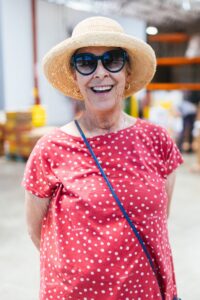 Carolyn Golden’s relationship with the Food Bank goes way back – back to the beginning, in fact. Prior to the merge of the Marin Food Bank and the San Francisco Food Bank in 2011, Carolyn saw an advertisement in the newspaper for a Marin Food Bank food drive.
Carolyn Golden’s relationship with the Food Bank goes way back – back to the beginning, in fact. Prior to the merge of the Marin Food Bank and the San Francisco Food Bank in 2011, Carolyn saw an advertisement in the newspaper for a Marin Food Bank food drive.
“I moved to Marin in 1980, about two years before I started with the Food Bank. They had an enormous turkey sitting in Corte Madera, in the town center. You would put bags of food down the chute into the turkey. I brought a bag of food and probably a check for $50. That’s how I started: how can I make an impact? I see this food, I know that it will feed people and I know what they can buy with the $50 donation,” Carolyn reminisced.
Shortly after, she began donating her time at the original Marin warehouse.
“I did some volunteering up at the Novato Center, which was the size of a small house. It was really tiny, and I went up to help sort and put food bags together. Compared to now, there are these enormous warehouses in Marin and in San Francisco!”
Seeing Food Pantries in Action
Outside of her work as a web developer, Carolyn volunteered as a tax preparer for low-income neighbors in Marin at a neighborhood resource center. One Friday volunteer day, Carolyn went down the hall to see the nearby food pantry in action.
“I said, I’ve got to check out the food pantry and suggest that people use it – they can come to see me, and then go get some food. So, I walked down there one day and I went, oh my God, you’ve got salmon from Whole Foods, fabulous breads, all the fresh produce. They were letting people select what they wanted. I was also impressed by how caring and kind the volunteers behind the tables were to everyone,” she shared. “I was really impressed by the food – it was excellent quality food. And that was 20 years ago, so I know it’s getting better and better.”
From Fresh Rescue items from local grocery stores to the farmer’s market-style setup, many elements have remained tried and true staples of Food Bank programming. Yet since Carolyn’s initial pantry visit, the Food Bank has continued to evolve immensely.
Growing Together
With even more fresh produce (now more than 70%!), larger warehouses, more families supported, and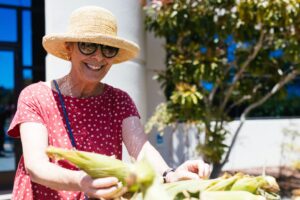 network of 350 partner organizations across San Francisco and Marin, the quality and scale of Food Bank operations has grown drastically. Through it all, Carolyn’s partnership has grown alongside it.
network of 350 partner organizations across San Francisco and Marin, the quality and scale of Food Bank operations has grown drastically. Through it all, Carolyn’s partnership has grown alongside it.
“One thing that resonates with me about how special the Food Bank is, is that it’s so responsive to the situations affecting people today and looking to future needs. I believe that a dollar goes much further with the Food Bank – more bang for the buck,” Carolyn shared, speaking to her decision to increase her support and eventually become a major donor. “Although it felt good to buy food and then drop in in the bin for donation, [I realized] the Food Bank can buy so much more for the same dollars. I stopped giving food and increased my cash donations.”
Yet her motivation for donating remains the same as the first day she brought a $50 check.
“I just think, if you’re not eating, how are you going to do well in school? How are you going to be able to work? Food is the basis of everything to me.”
A Legacy of Nourishment
Recently, Carolyn decided to include the Food Bank in her will — because if there’s one thing she’s learned, it’s that food security is critical year in and year out. Thanks to her legacy commitment, Carolyn’s support of the Food Bank will continue even after she’s gone. But someday, she hopes the Food Bank will be obsolete.
As she put it: “Wouldn’t it be nice if the Food Bank had to go out of business because there was no need?”
We agree – and thanks to dedicated supporters like Carolyn, the Food Bank and our partner network can keep working towards that nourishing future for all our neighbors. To join Carolyn and add the Food Bank to a will for you or a loved one, please visit sfmfoodbank.org/legacy-giving.



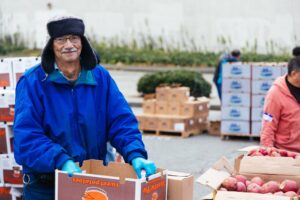 Volunteering with the Food Bank in May 2020 was really a no-brainer for Mitchell. As a retired government worker for various public health agencies, he already had a deep knowledge of epidemics and health outbreaks. Combined with the driving force of his faith, Mitchell knew he wanted to help his community out during a difficult and pivotal time.
Volunteering with the Food Bank in May 2020 was really a no-brainer for Mitchell. As a retired government worker for various public health agencies, he already had a deep knowledge of epidemics and health outbreaks. Combined with the driving force of his faith, Mitchell knew he wanted to help his community out during a difficult and pivotal time.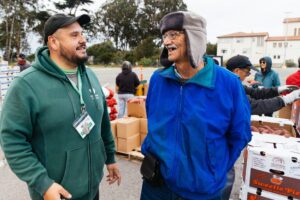
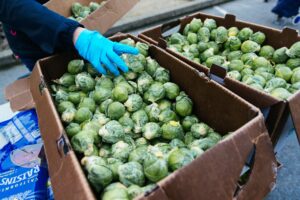 a pallet and put it on the table. And I will be 80 years old in July!”
a pallet and put it on the table. And I will be 80 years old in July!”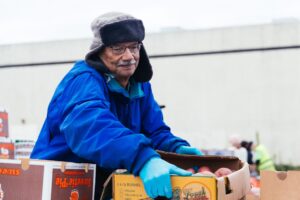 way to ensure we can continue meeting the immediate needs of our neighbors while strategically planning for more long-term, holistic solutions in the future. Thank you, Mitchell, for your dedication to ending hunger in San Francisco and Marin! We can’t do this work without supporters like you.
way to ensure we can continue meeting the immediate needs of our neighbors while strategically planning for more long-term, holistic solutions in the future. Thank you, Mitchell, for your dedication to ending hunger in San Francisco and Marin! We can’t do this work without supporters like you.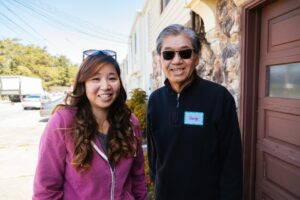
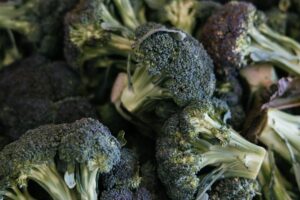 about his health and also wanted to make sure that he didn’t lose access to the pantry’s services if he was still in need of the food. That’s when I remembered that included in the handwritten card that his granddaughter had given me, was her mom’s contact info.
about his health and also wanted to make sure that he didn’t lose access to the pantry’s services if he was still in need of the food. That’s when I remembered that included in the handwritten card that his granddaughter had given me, was her mom’s contact info. 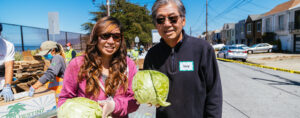
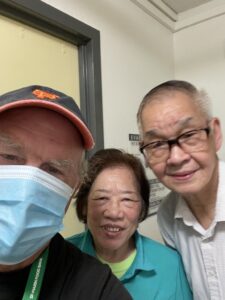 After working in the warehouse and at different Food Bank pantries during the early pandemic, Nick signed up to home-deliver groceries to seniors, families with young children, folks with disabilities and other neighbors who weren’t able to make it to a traditional pantry but still needed food. His shift took him all throughout the city — including neighborhoods that he, after many years of living in San Francisco, had never been to before.
After working in the warehouse and at different Food Bank pantries during the early pandemic, Nick signed up to home-deliver groceries to seniors, families with young children, folks with disabilities and other neighbors who weren’t able to make it to a traditional pantry but still needed food. His shift took him all throughout the city — including neighborhoods that he, after many years of living in San Francisco, had never been to before. 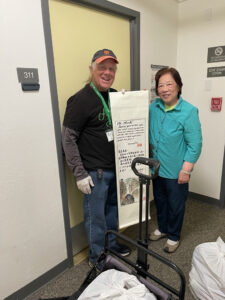 couple on his delivery route, sticks out for Nick above the rest.
couple on his delivery route, sticks out for Nick above the rest.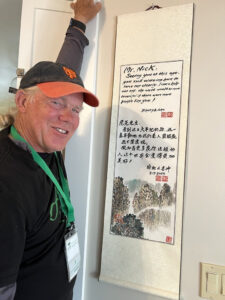 “I am humbled by all the effort behind me, by all the people at the Food Bank who make this happen. That’s the extraordinary part of this. The people who are out there on the curb in all kinds of weather, loading groceries into people’s cars, people who are working in the warehouse day after day, that’s not exactly the easiest thing to do,” he said. “I’m just the delivery boy.”
“I am humbled by all the effort behind me, by all the people at the Food Bank who make this happen. That’s the extraordinary part of this. The people who are out there on the curb in all kinds of weather, loading groceries into people’s cars, people who are working in the warehouse day after day, that’s not exactly the easiest thing to do,” he said. “I’m just the delivery boy.”
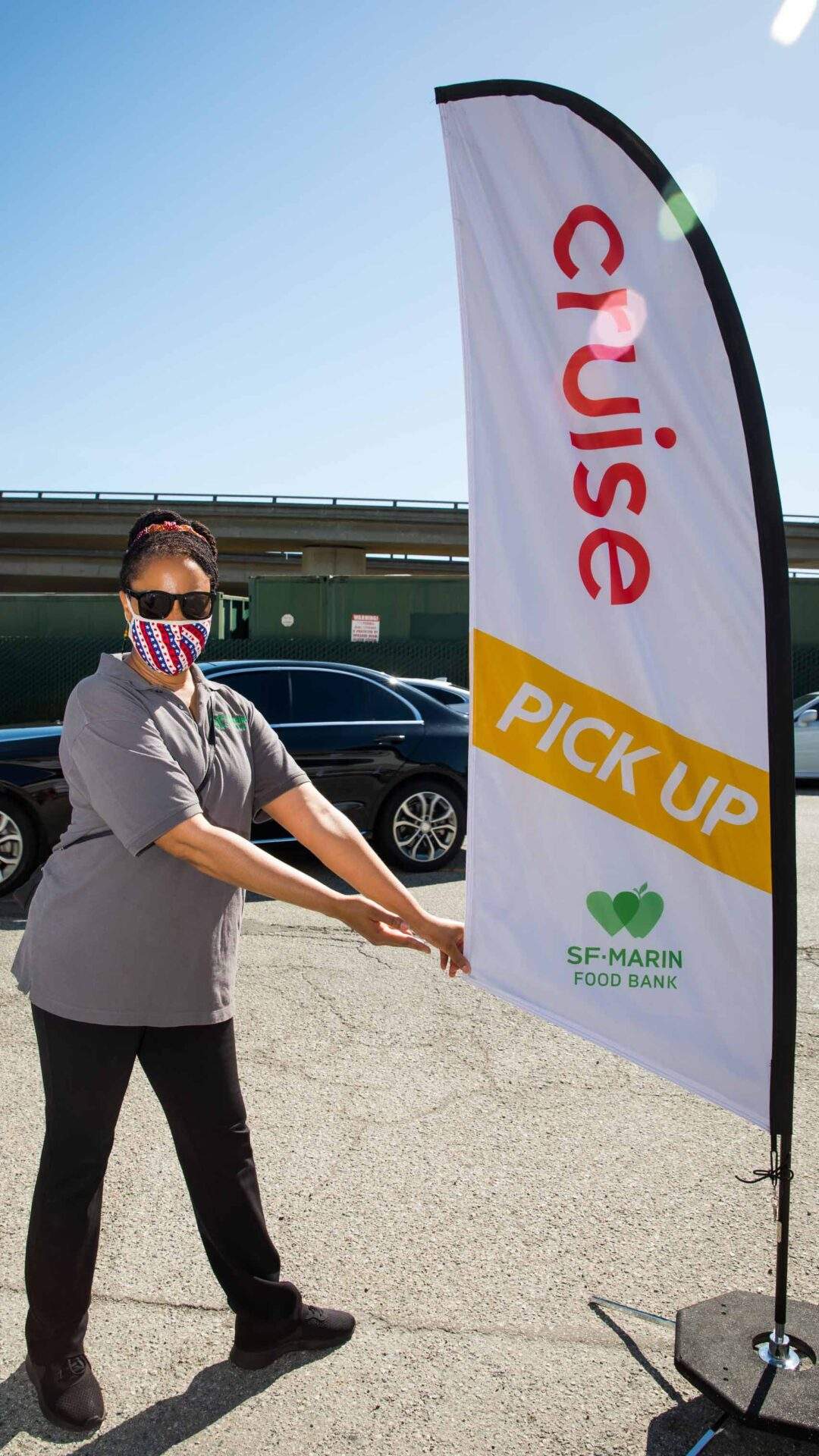
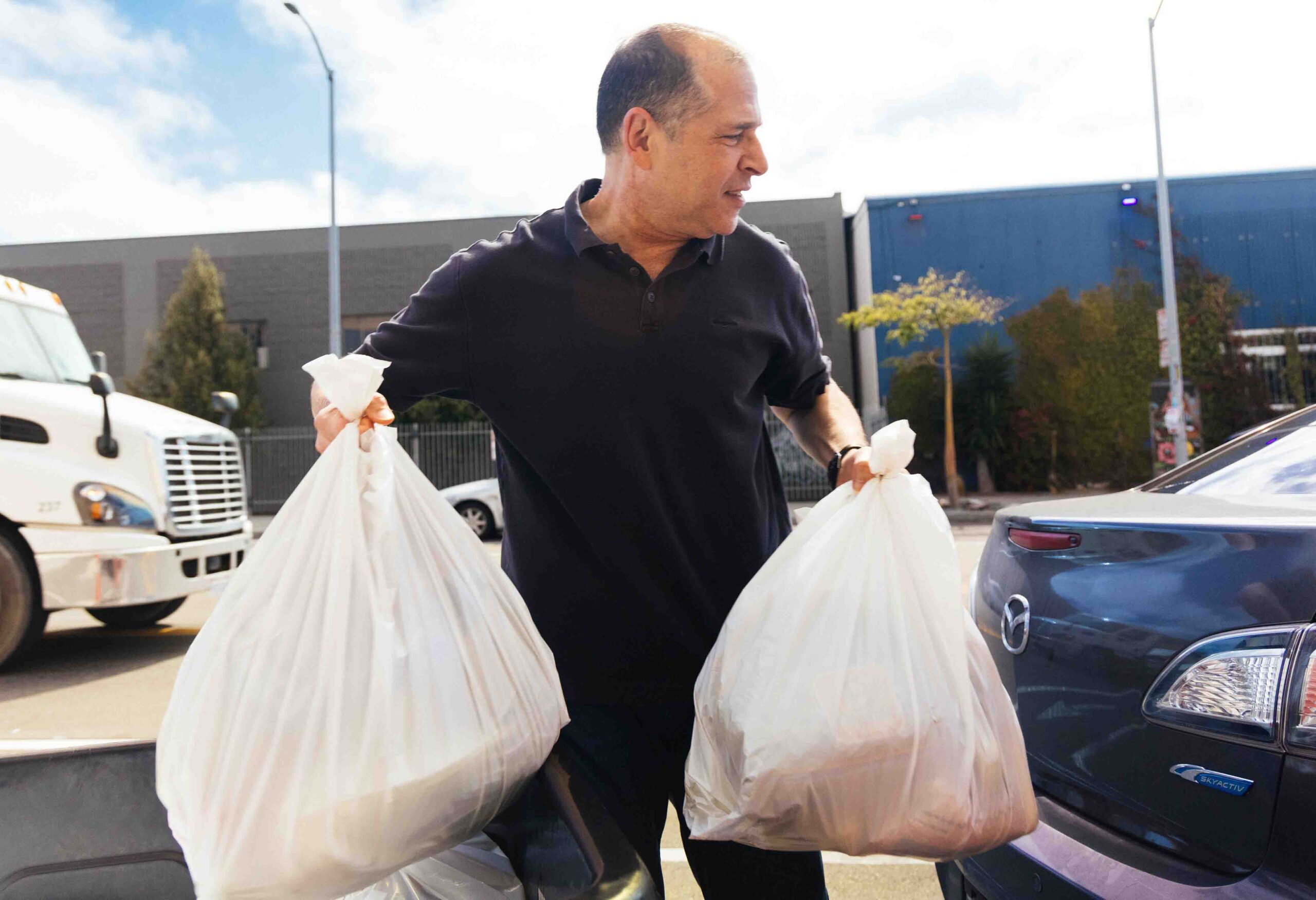
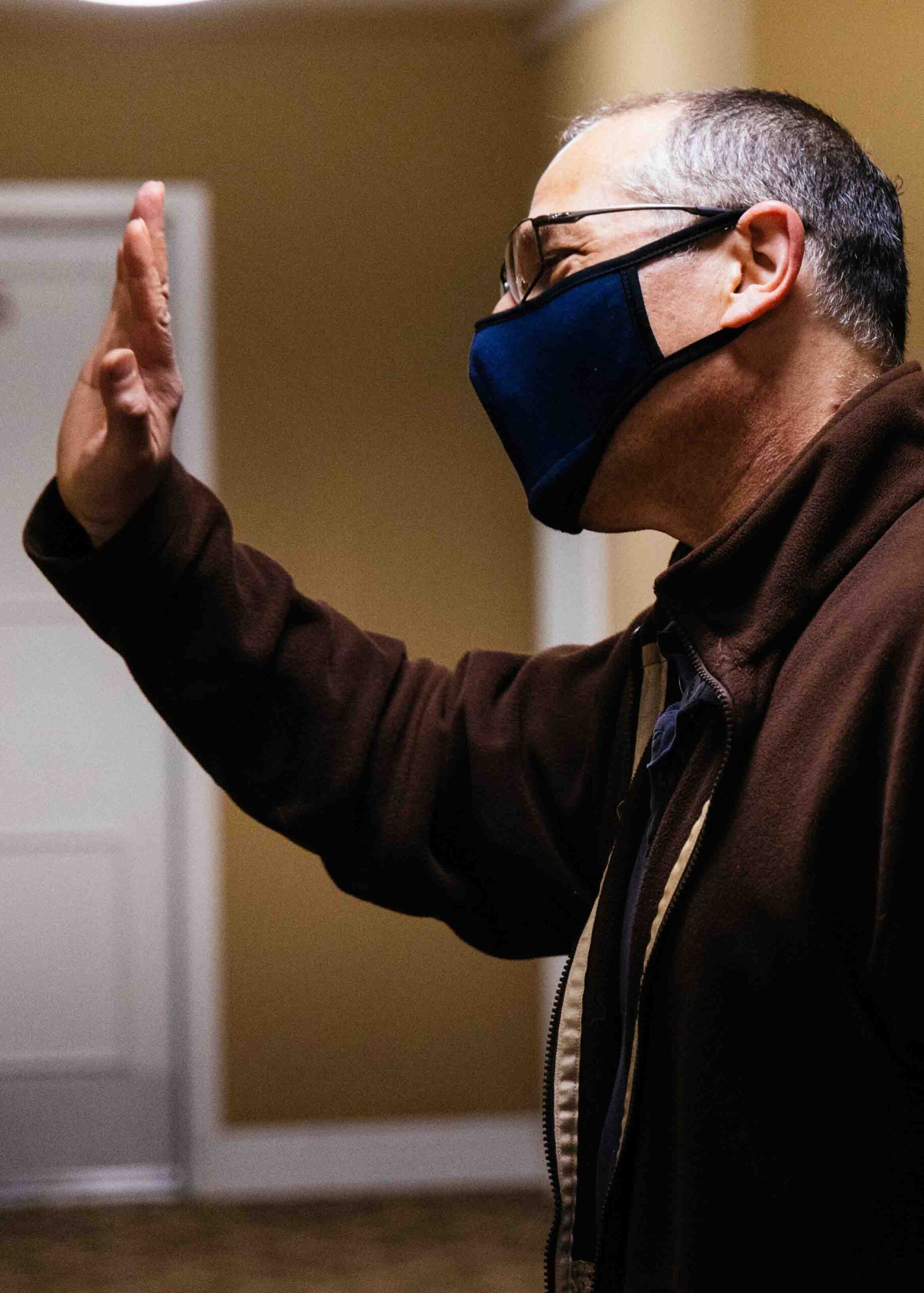
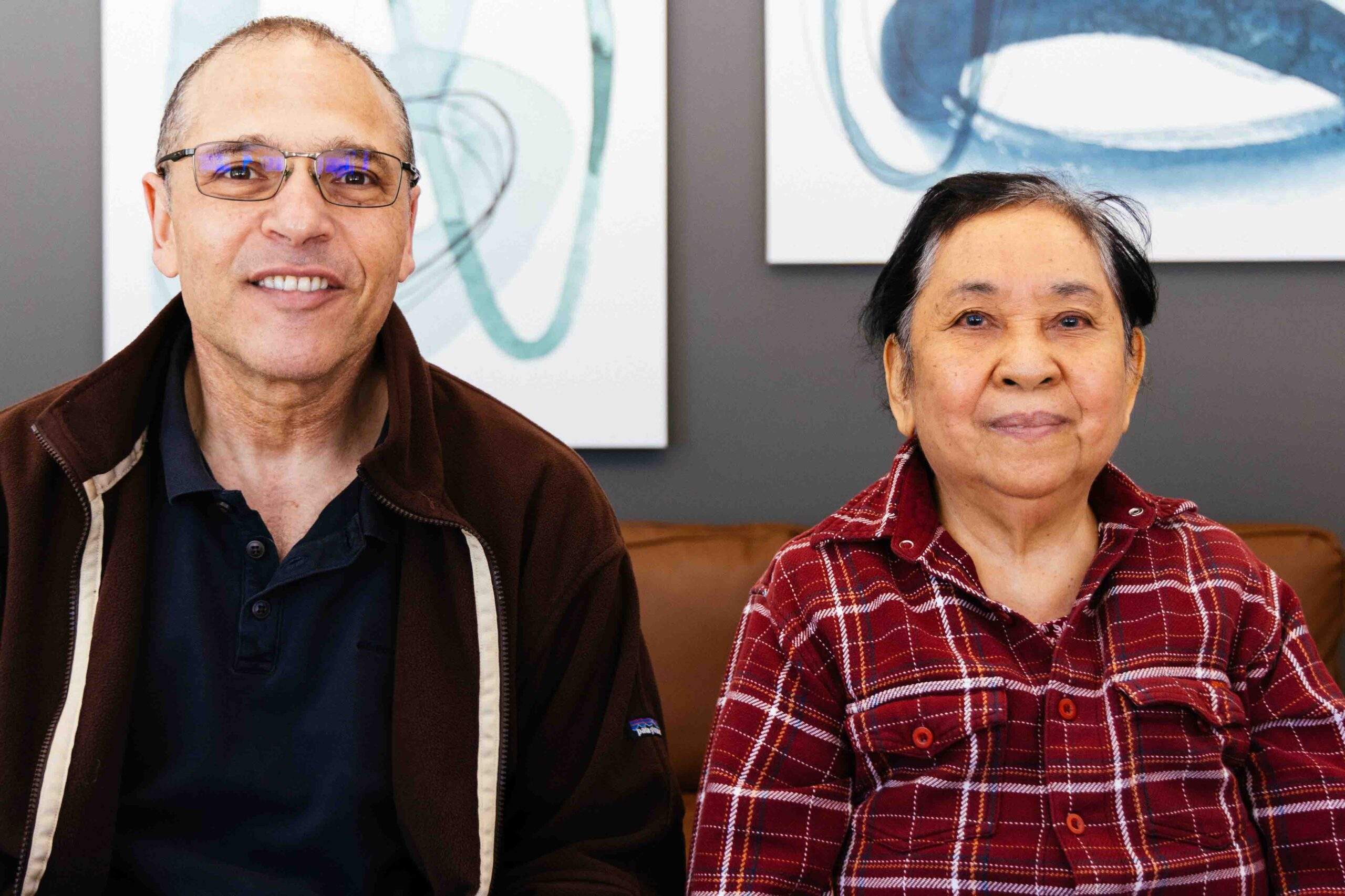
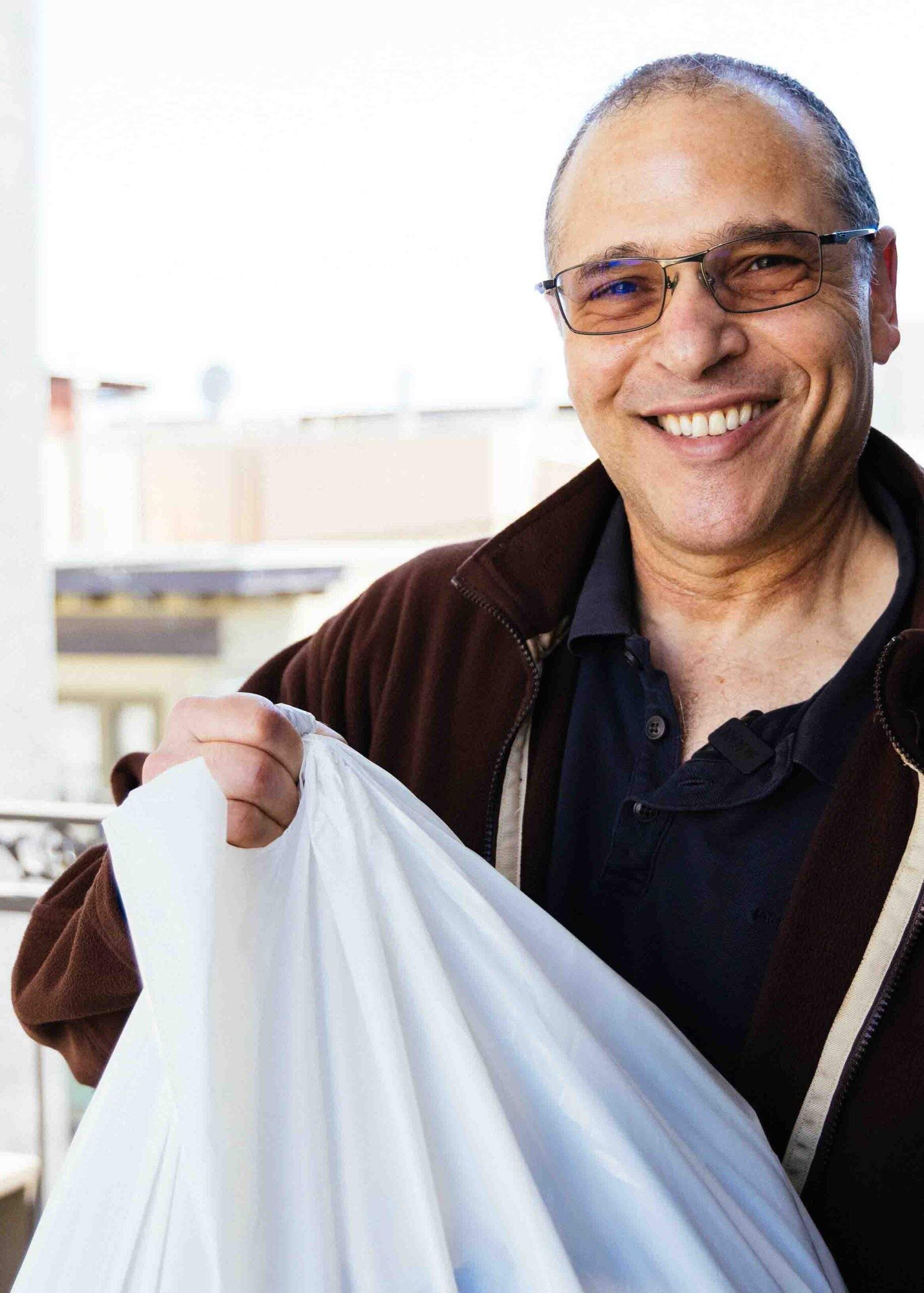
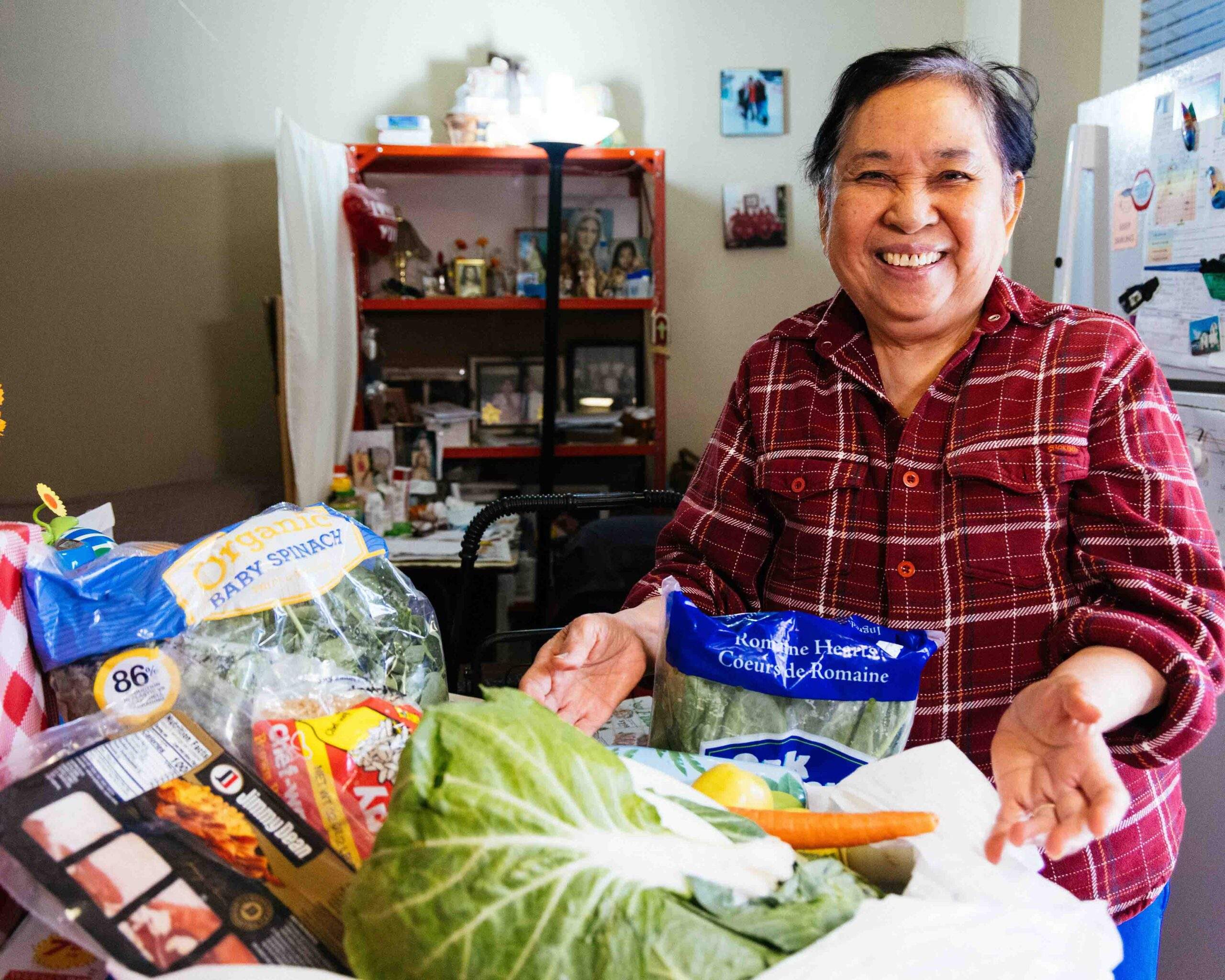
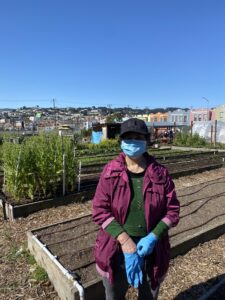
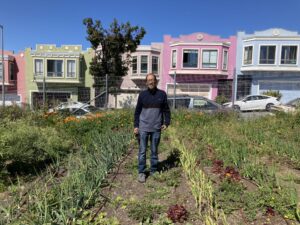 her history of civic contribution.
her history of civic contribution. 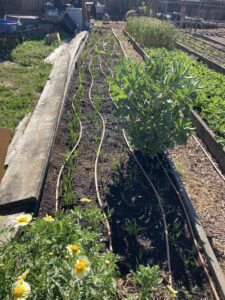 app] to stay in touch after leaving the farm.
app] to stay in touch after leaving the farm. 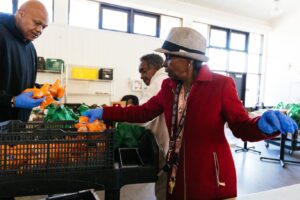
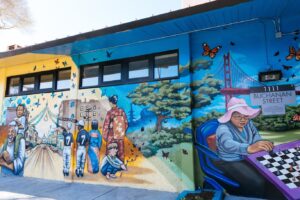 Ms. Adrian: My daughter is the president of the
Ms. Adrian: My daughter is the president of the
Share